We didn’t have time to visit Stirling Castle when we were in Bannockburn (which is adjacent to Stirling) because we want to get to Linlithgow Palace in time to see the jousts. The jousts are done, the evil villain vanquished (the “bad guy” almost won, but was unhorsed and trounced by a last gasp effort of the “good guy”), crowd cheers and everyone goes home.
So it is time to head back to Stirling, but on the way we stop at Falkirk to see a couple of interesting points. One of which is shown in the photo at the top of this blog, the Kelpies. These two statues are made of steel plates and stand 30 metres high.
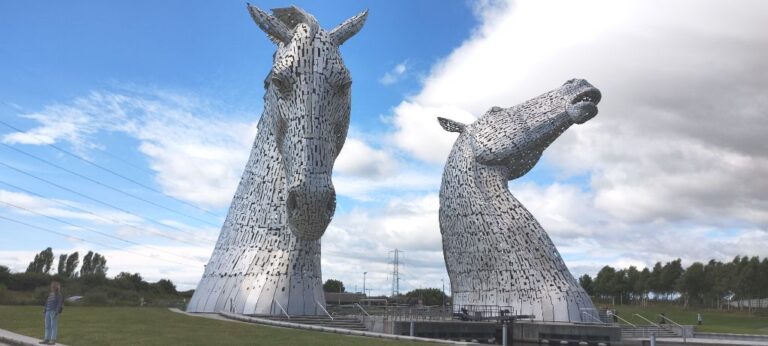
The next point of interest is the Falkirk Wheel. This is a rotating lock that moves boats between the Union canal and the Fort and Clyde canals. Prior to 2002, when the Falkirk Wheel commenced operation, a series of 11 locks moved boats though a 35 metre height difference between these canals. The Falkirk rotating boat lift moves boats 24 metres, the remaining 11 metres are handled by two standard boat locks.
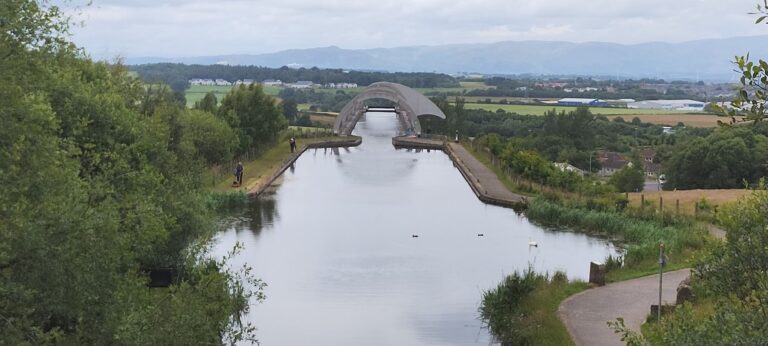
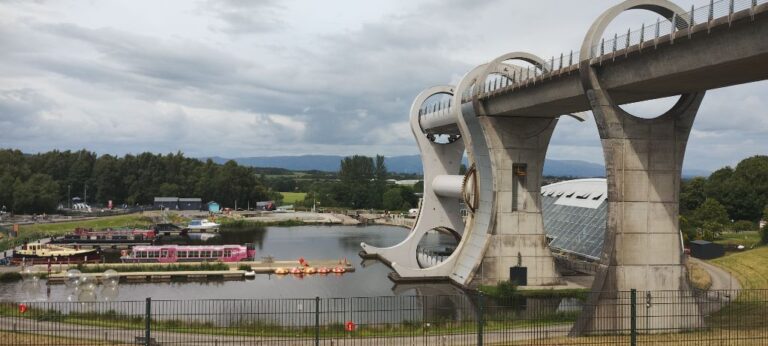
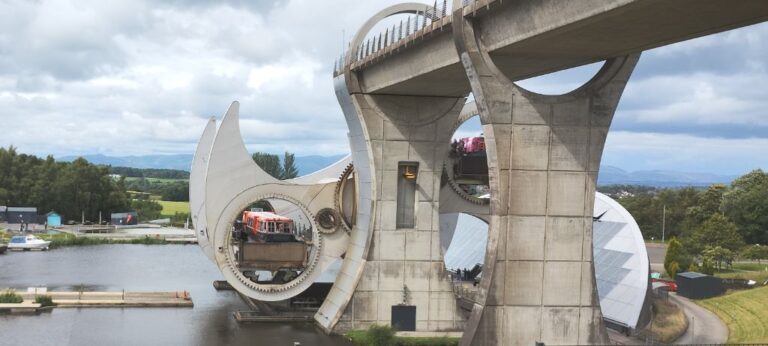
The following video shows the Falkirk Wheel rotating boat lift in operation. The video is running at 4x normal speed.
Each of the two arms contains a “gondola” that holds the water and boats. The water level in each gondola is monitored and controlled by computers. The gondolas, and their loads, are so finely balanced that it only requires a 30hp motor to rotate the arms.
Time to move on to Stirling to see the castle.
Stirling Castle is one of the largest and most important castles in Scotland, “whoever held Stirling had the key to Scotland”. The castle has been attacked at least 16 times. Before the union with England, Stirling Castle was well used by Scottish Royalty, many kings and queens, including Mary Queen of Scots, were crowned at Stirling.
Stirling Castle changed hands, between English and Scottish forces, several times during the Wars of Scottish Independence (1296-1357). In 1297 William Wallace, at the Battle of Stirling Bridge defeated the English and subsequently recaptured Stirling Castle. The 1995 movie Braveheart was loosely based on this event.
In the 1298 Battle of Falkirk the English, under King Edward I, defeated the Scots lead by William Wallace (sorry Braveheart) and took back Stirling Castle.
In 1314 Robert the Bruce defeated the English at the Battle of Bannockburn, located a bit south and west of Stirling Castle, and recaptured Stirling Castle.
Currently Stirling Castle is being managed by Historic Environment Scotland and has been extensively restored. The castle consists of several buildings, so I have included a diagram (source: 99percentinvisible.org) to provide some context.
The castle is packed with tourists, so castle photos show lots people we don’t know.
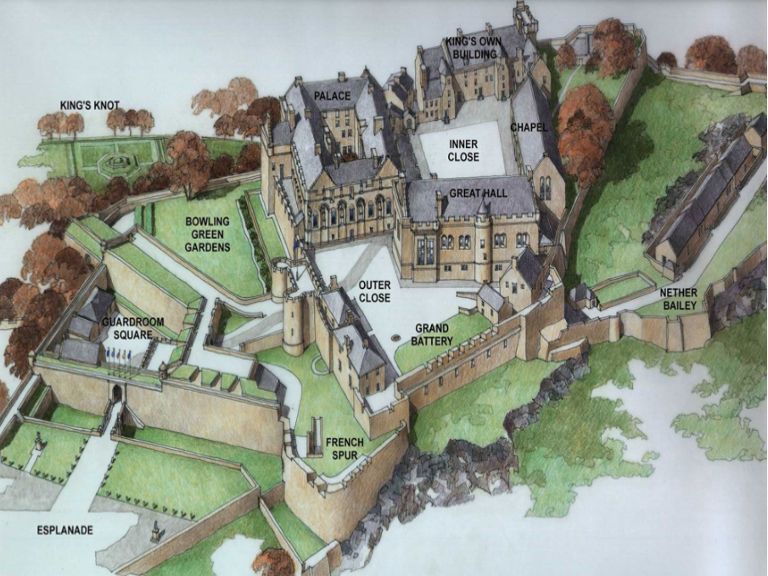
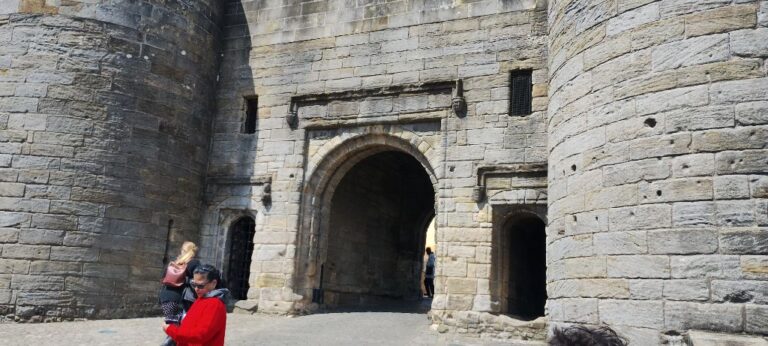
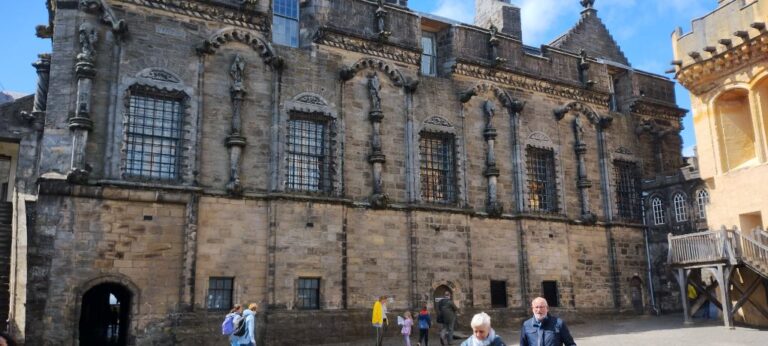
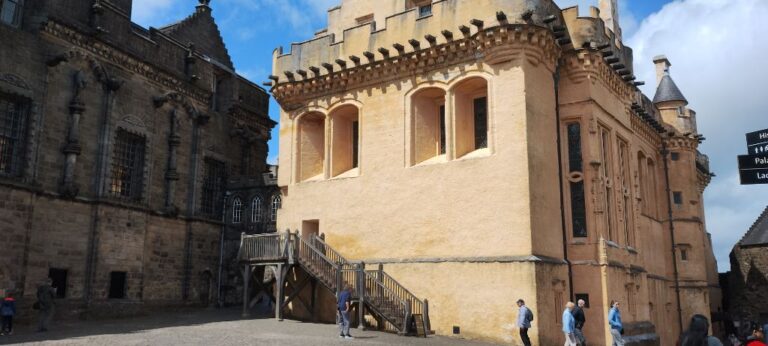
Before restoration the Great Hall, as with the other castle buildings, was grey stone. During renovations several locations were found to have a yellow orchre layer of lime wash. A decision was made to restore the entire building to it’s original yellow colour.
The entire roof of the Great Hall had to be rebuilt. A significant undertaking.
A good description of the Stirling Castle restoration can be found here: https://99percentinvisible.org/episode/the-great-restoration/
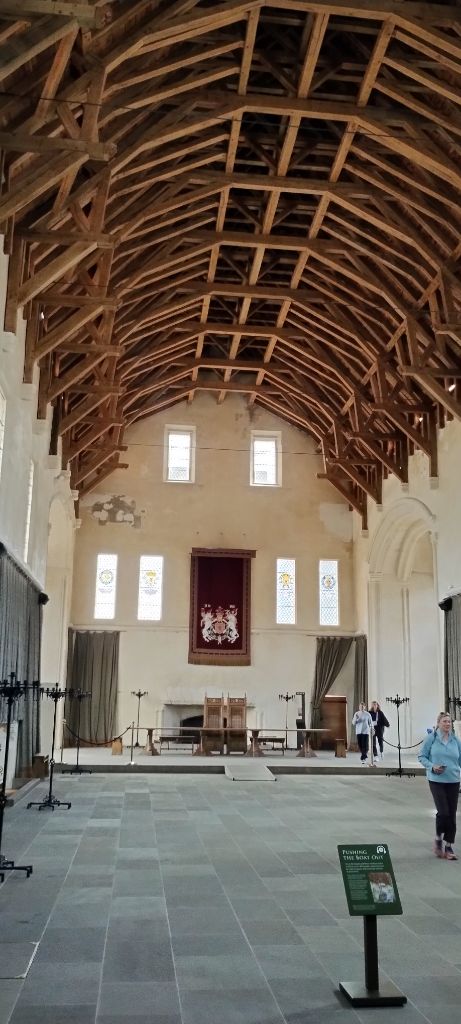
The restoration of Stirling Castle is quite amazing. We have visited one or two (or twenty) castles and have never seen one that has been restored to this extent.
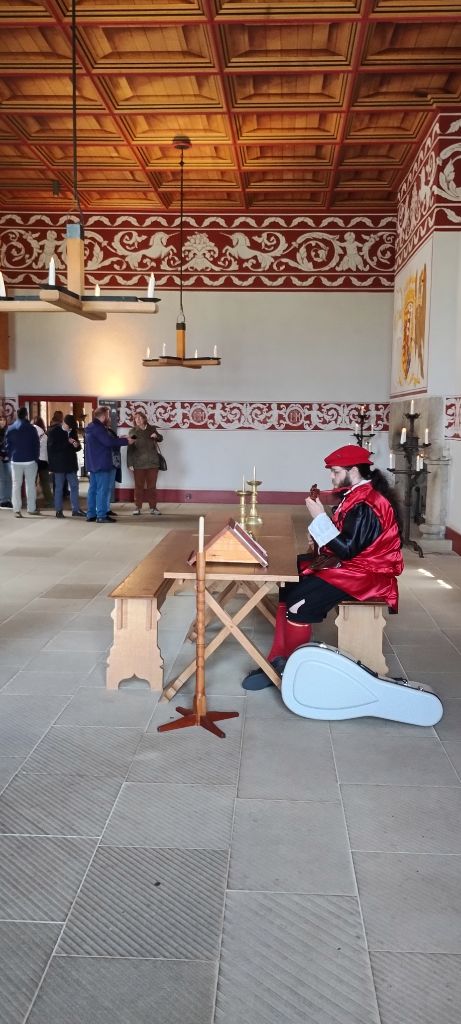
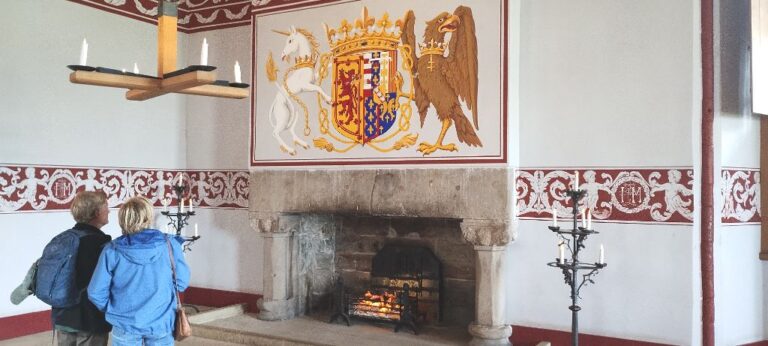
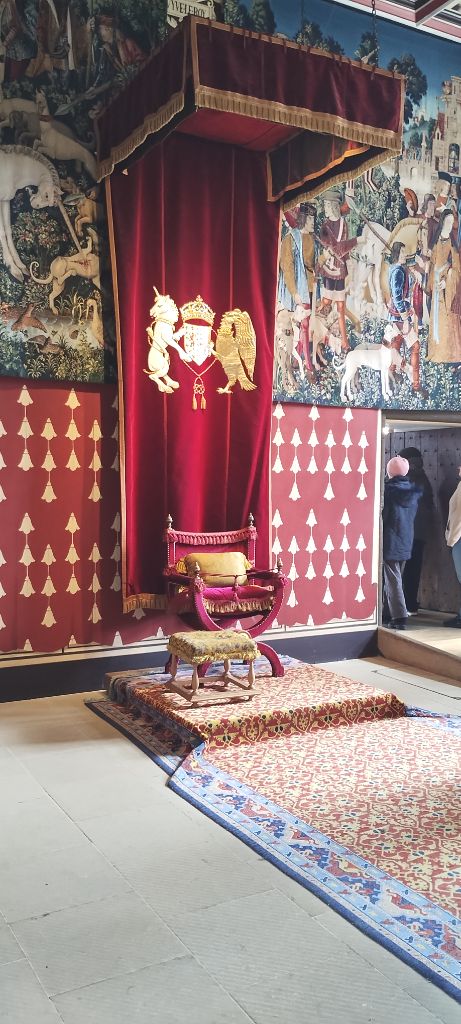
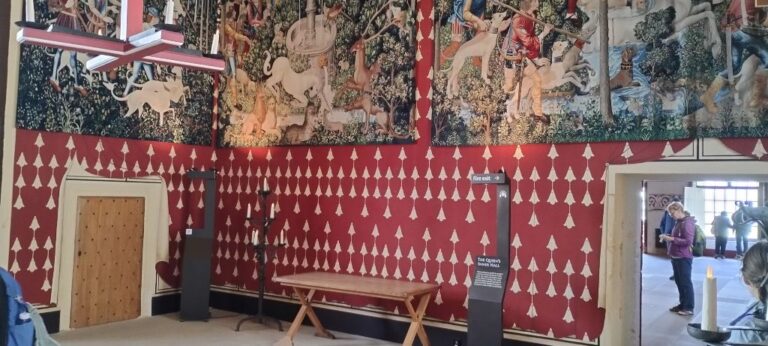
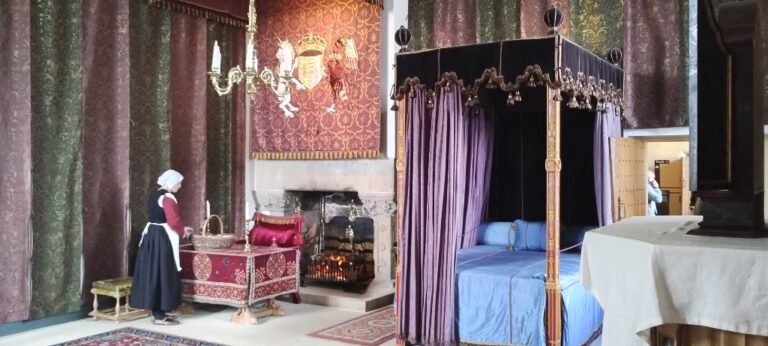
After finishing our tour of Stirling Castle it is time to head back to Falkirk as we have an appointment at the Mercedes Truck service centre to get a mechanic to look at a leaking steering fluid line.
Our friendly neighbourhood Mercedes mechanic grabs two large wrenches and torques the beejeesus out of the leaking joint; I didn’t want to do this because if the joint snapped while we were in the middle of nowhere it would have been a bit of a problem. But, no worries. Joint tight. No more leak. We are back on our way. Time to start our trek up the Northeast coast of Scotland!
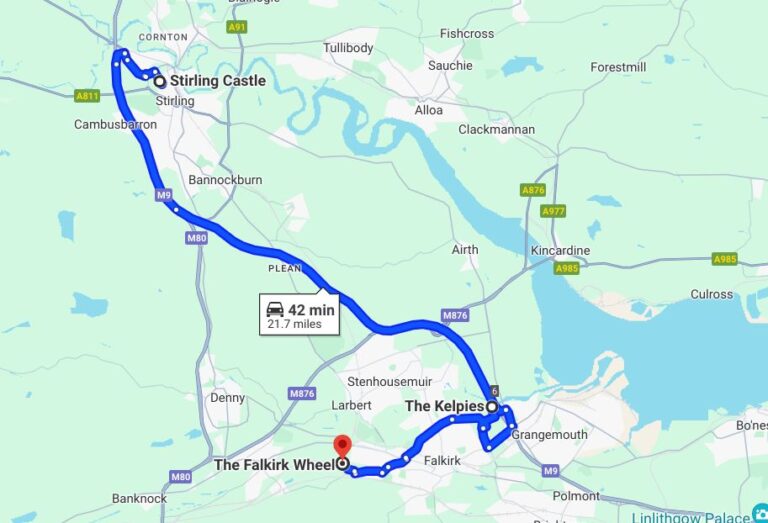

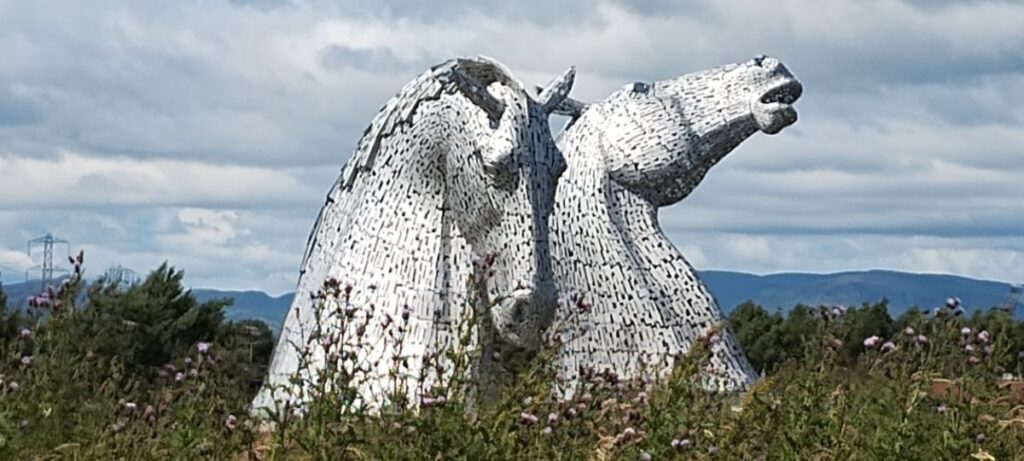
A beautiful castle and great descriptive narrative. Wonderful adventure.
Glad that you are enjoying following along!